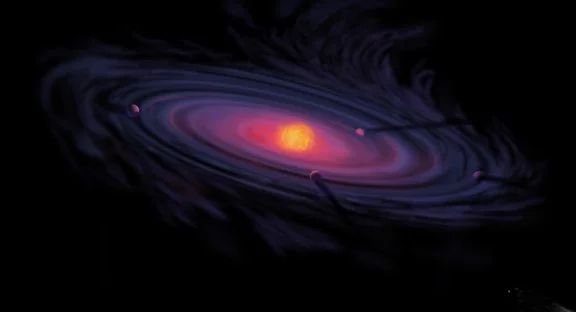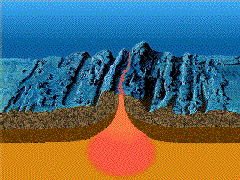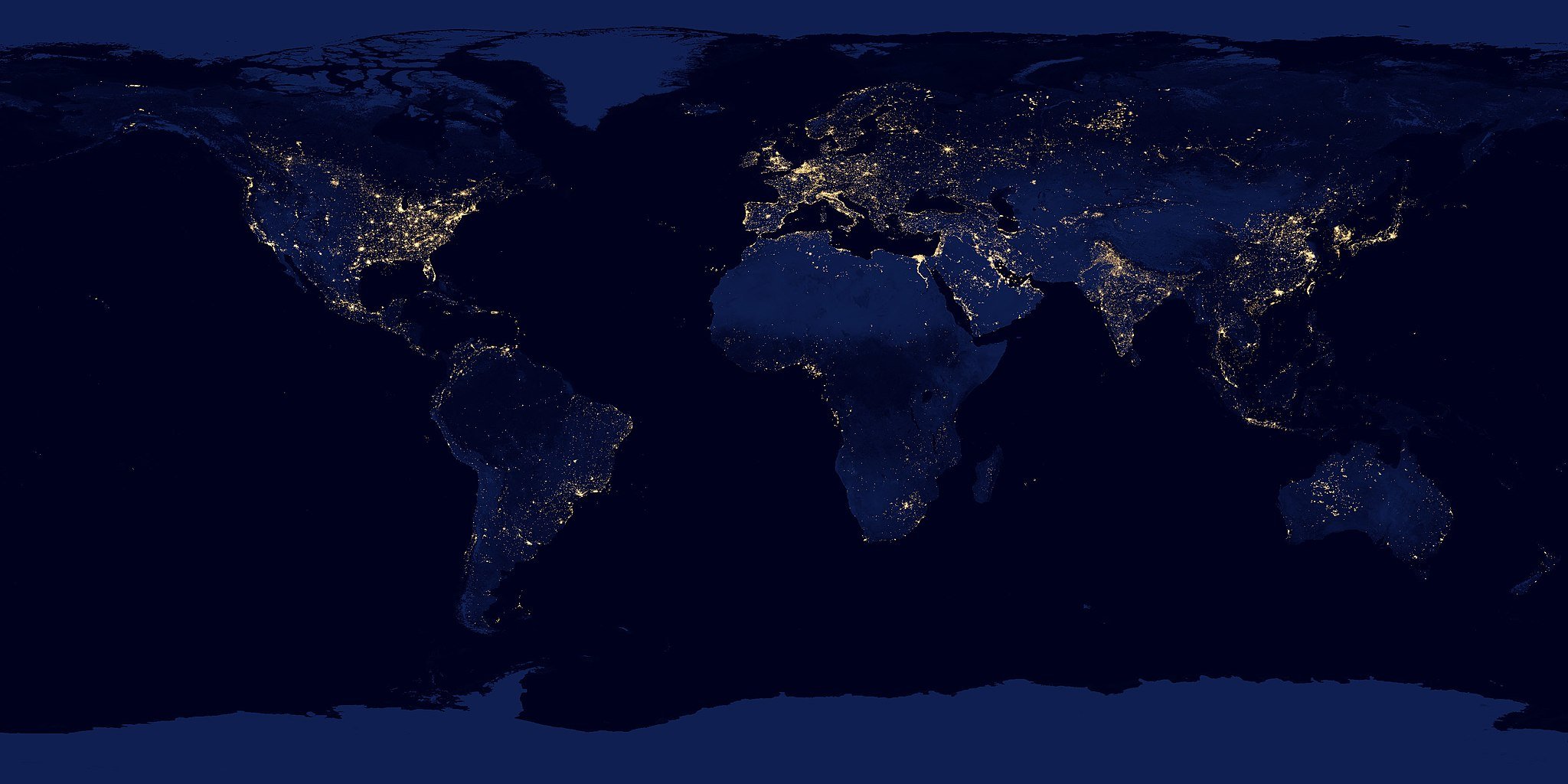This page may load slowly, thank you for your patience. The images below are licensed for sharing or in the public domain. Most of them were found on Wikimedia Commons. Click any image for more information and a link to its source.
Carousel Cosmos
Prehistoric Events.
We are parts of the universe that observe the universe. We are growing in numbers and exchanging a growing number of ideas. New theories emerge regularly to challenge prevailing thought about… well, everything. Cosmologists go around asking questions like are space and time real? There’s so much that we think we might know something about and more that we don’t fully understand. Here are some examples:
Maybe about 4.6 billion years ago, when the universe we know was perhaps only about nine billion years old and considerably smaller, some place perhaps just a few dozen light years from where we are today, most of the particles that would become our physical existence had gathered. Maybe they were a giant, dense molecular cloud of mostly hydrogen. Maybe they collapsed. Maybe a whole lot of them formed a brand new star that we now call the sun.
Maybe the rest of that stardust collected into a rotating disk which eventually consolidated into very particular arrangements of atoms, to form things like planets, asteroids, oceans, mountains and rivers. This stardust would eventually be arranged into things as particular and as peculiar as cats and catfish, as dogs and dogwoods, as houses and houseflies, as you and I.
About 4.5 billion years before that, according to one theory, our planet was most of two planets which collided and fused on impact. The bigger planet was a precursor to Earth and smaller one was called Theia. The cloud of planet particles made by their collision would have formed a rotating disk around Earth at first, that later gathered into a new heavenly sphere, the moon.
Theia might deserve more credit than it gets. It may have provided much of the water in Earth’s oceans. Some people think that it came from far, far away, in the outer regions of our solar system, on an improbably turbulent course charted by gravitational perturbances with other planets. Stranger things do happen.
Then the new Earth and slightly newer Moon would have both been molten masses for some time, which is often called the Hadean Eon. Both were pelted with furious storms of asteroids. The moon was much closer to Earth back then, and would have looked larger if anyone had been there to see it. The moon is still drifting away from Earth, ever so slowly.
After the Hadean Eon, Earth’s surface would have cooled to form a continental crust. The moon would have drifted outward to appear much smaller from Earth, and most of Earth would have been covered in deep water. Life would have begun there in its earliest forms. The first microbes would have emerged at least 3.7 billion years ago.
Fast forward to 2.5 billion years ago, and Earth is thought to have began its first series of extreme ice ages, called snowball-earth episodes. Some people believe that all of the earth’s water would have been frozen at times, but life persisted.
Around this time, in fact, life began to proliferate at a much faster pace. Microbial organisms evolved into multicellular organisms, which evolved and to become plants and animals — first in the oceans, then on land.
The first plants and fungi emerged from the sea and began to grow on land about 700 million years ago. The first tetrapods, or four-legged animals, crawled out of the sea about 375 million years ago into an atmosphere full of oxygen produced by photosynthesis. Earth became the home of the early air-breathers. Animals first walked where we walk now.
It’s hard to say if the earth beneath our feet was even the same place back then. It depends on what frame of reference you choose. None of today’s mountains, rivers or oceans been recognizable back then. Lots of mountains have risen and worn away, lots of rivers and oceans have formed and vanished. Though it moves too slowly for us to perceive, the earth beneath our feet is always, always, always moving. Since the time of the early air-breathers, it has moved a great distance.
This map by Massimo Pietrobon shows today’s political borders on one of Earth’s best-known ancient landforms, the Super-continent of Pangaea. This is the ground beneath today’s national borders, approximately as they would have appeared 300 million years ago.
The boundaries of Earth’s tectonic plates are shown in the map above. They move around in a process called continental drift. Morocco is on the Eurasian Plate and Maine is on the North American plate, which diverge by about about one inch every year. This means that when Albert Einstein formulated his special theory of relativity in 1905, Morocco and Maine would have been almost ten feet closer together.
About 250 million years ago, the parts of the earth that would someday become Maine and Morocco were still joined by land. Fossilized remains of Trilobites like Paradoxides have been found in Morocco, Spain, Wales, and Scandinavia, as well as in Maine, Massachusetts, Newfoundland, and New Brunswick. Geologists use their fossils to correlate rock formations in these areas.
After trilobites had become extinct but long before Maine was a state or Morocco was a country, Earth began to experience its most recent ice age. Some people call it the last ice age, but there will probably be others in the future. In any case, the most recent ice began about a hundred million years ago. Many modern species lived during this time, including whales, walruses, bears and us.
Sea levels and temperatures fluctuated. Many animals migrated or became extinct. We humans began to exhibit modern traits like planning, abstract thought and symbolic behavior. We have built cities and devised governments since then, invented languages and philosophies, developed cultures and technologies.
So much has changed since the first stars formed. So much has changed since the first seeds sprouted. So much has changed since the first air breathers walked on land for the first time. So little has changed since the first cultures took root. So little has changed since the first bedtime stories were told. The sun rises and sets. The stars spin around. We look at the sky together in awe, and try to make sense of the world. Every generation is followed by the next one, on a journey to greater understanding…
… Let’s Go!






















